Dehydration In Winter
Dehydration In Winter
Dehydration only happens in summer, right? Wrong!
Dehydration can certainly be a problem in the warmer summer weather, but equally it is an issue as the temperature drops during the winter months too, but why?
In the cold our thirst response, the signals that tell us that we are actually thirsty, are diminished by an incredible 40%! This happens as blood vessels constrict because of the cold. As the vessels vasoconstrict the volume of blood is kept closer to the vital organs in the body’s core to retain heat, this signals to the body that blood volume is still ok and that extra fluid isn’t needed, which means less thirst triggers to our brain. Because the body isn’t recognising thirst as readily it also doesn’t trigger the hormone response to the kidneys to retain fluid, so urine production continues as normal, this adds to the fluid loss.
Wearing extra layers in the winter also adds to increased fluid needs as the body works harder to move around with extra layers causing restriction to normal movement. Even well fitted layers weigh slightly more and change movement patterns compared to our lightweight looser summer layers.
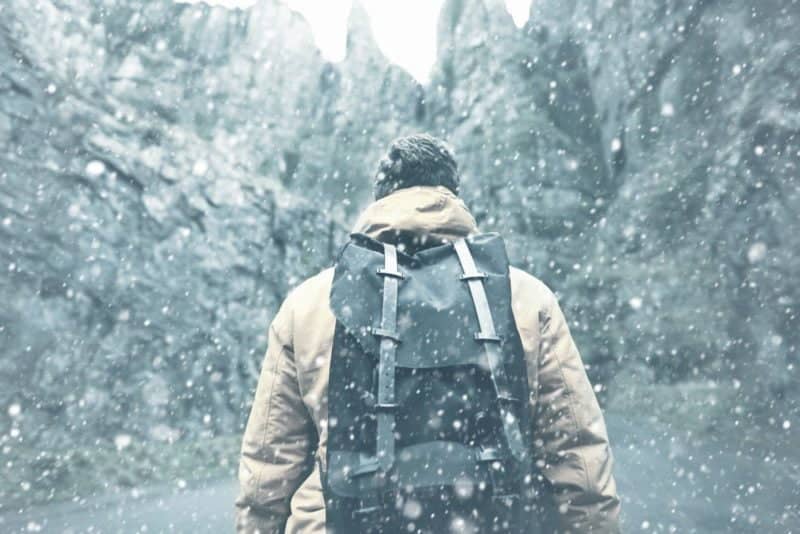
In the cold, fluid is lost through breathing more than in the heat. The increased respiratory fluid loss occurs because when you can see your breath in the lower temperatures that is actually water vapour you are looking at which accounts for extra fluid loss.
Sweat is another fluid loss factor to consider, especially when exercising outside. You may think that you are not sweating because it is so cold but actually it is just harder to detect or feel the sweat. It is said that sweat actually evaporates from the body faster in the cold than the heat, this is due to the greater difference in temperature between your body and the air temperature in such conditions.
But what are the signs of dehydration?
Mild dehydration shows itself as headaches, tiredness and mild light headedness. These are symptoms that can easily be mistaken just for lack of sleep of feeling a bit under the weather, but if you don’t increase your fluid intake at this point then the symptoms will soon become more intense and uncomfortable as you start to become unwell.
As dehydration progresses the headaches get worse, dizziness becomes more severe, tiredness becomes more intense, added with feelings of nausea and muscle cramps and stiffness, urgent intervention is needed for anyone at this stage.
This situation, if left uncorrected, continues on to severe dehydration which is classed as a medical emergency and medical attention is needed urgently. At this point further symptoms include rapid pulse rate, rapid breathing, sunken eyes, cold pale skin, fainting episodes and unconsciousness can follow.
It is said that by the time we feel thirst we are already in need of fluid, so now knowing that the thirst response is lowered by a huge 40% in colder weather we can see it is important to take our hydration levels seriously in the cold weather. Well, that seems another great reason to get the kettle on the campfire and enjoy another hot drink.
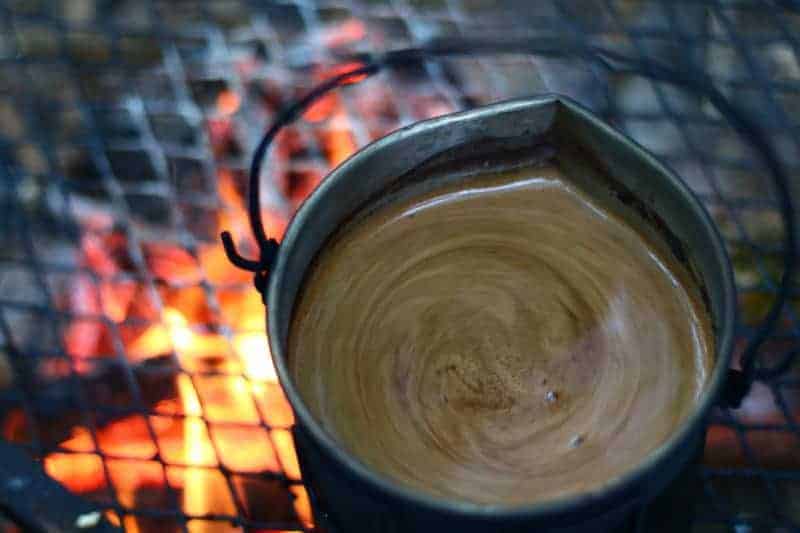

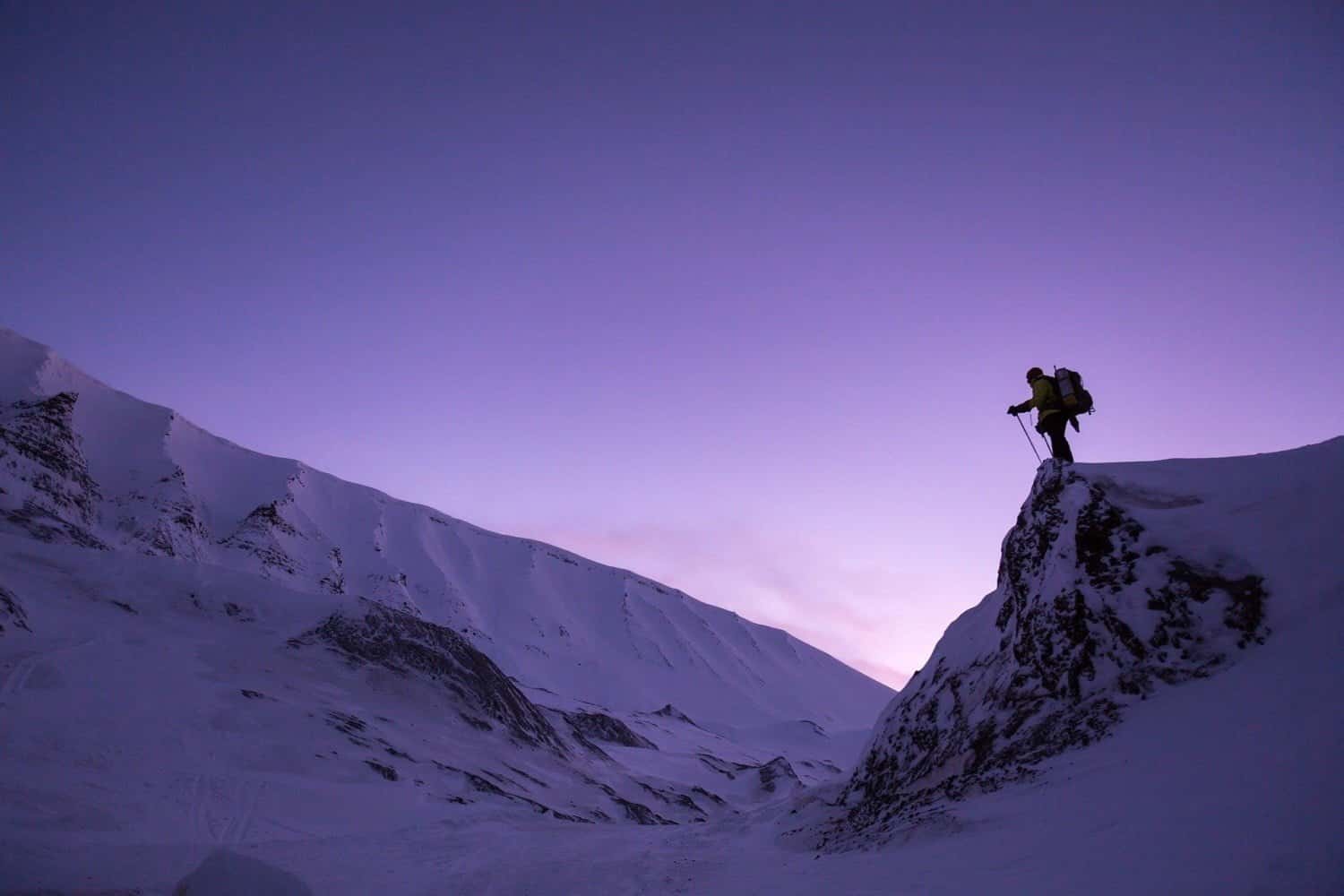
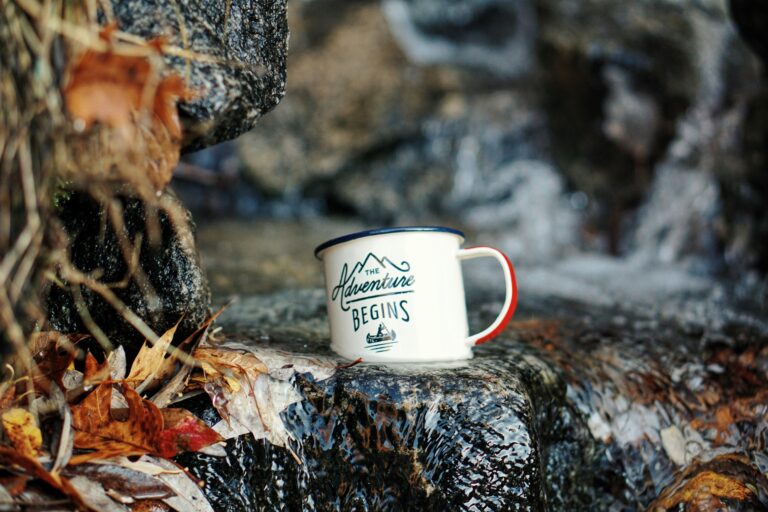
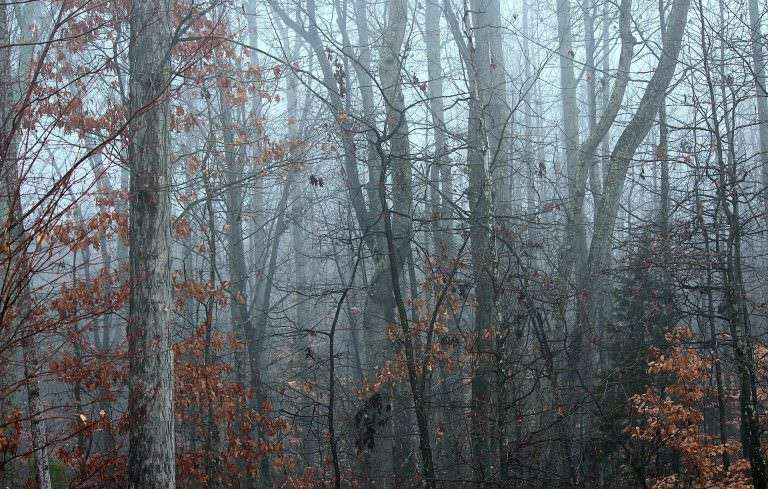

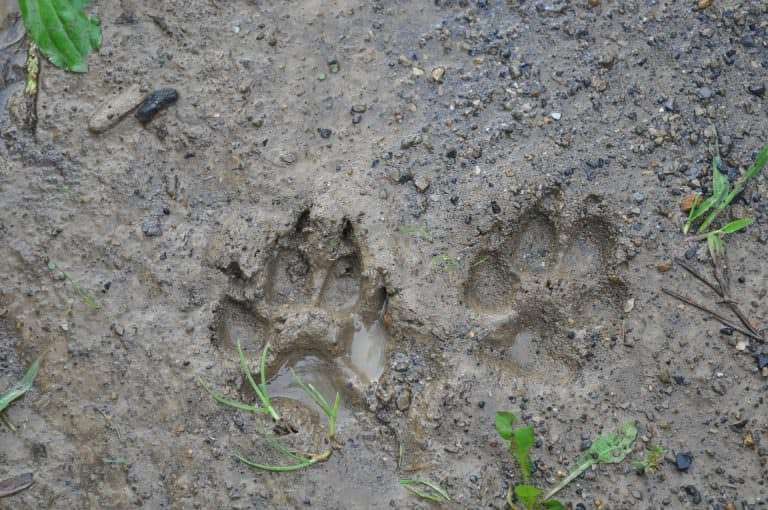
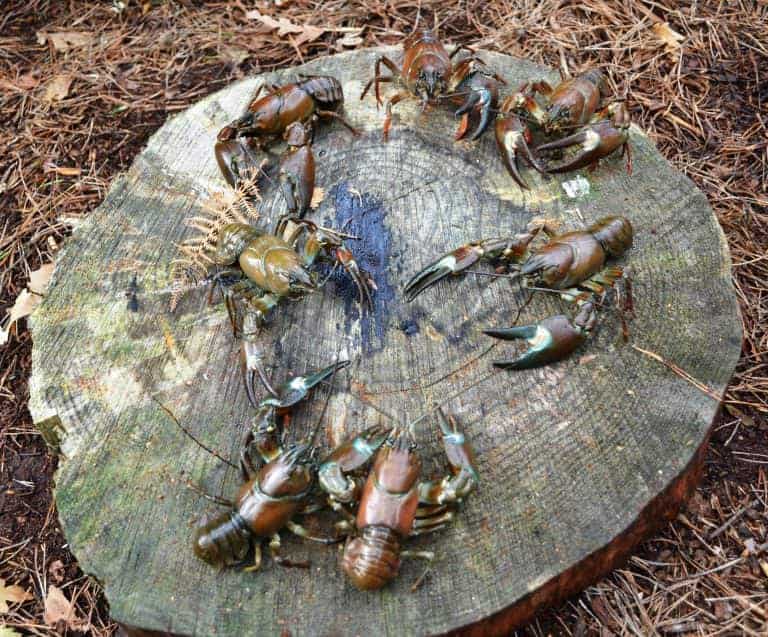

Best regards from Serbia 🇷🇸
Hello!